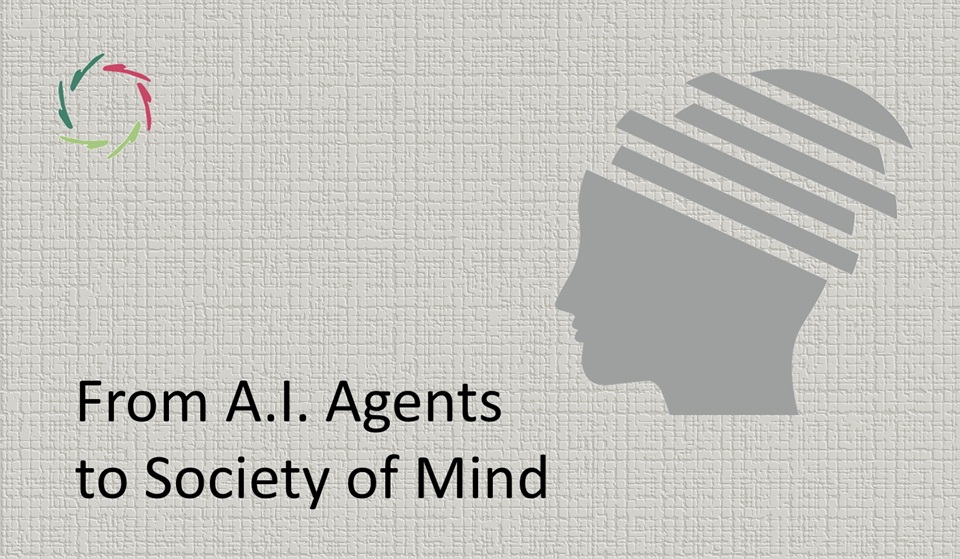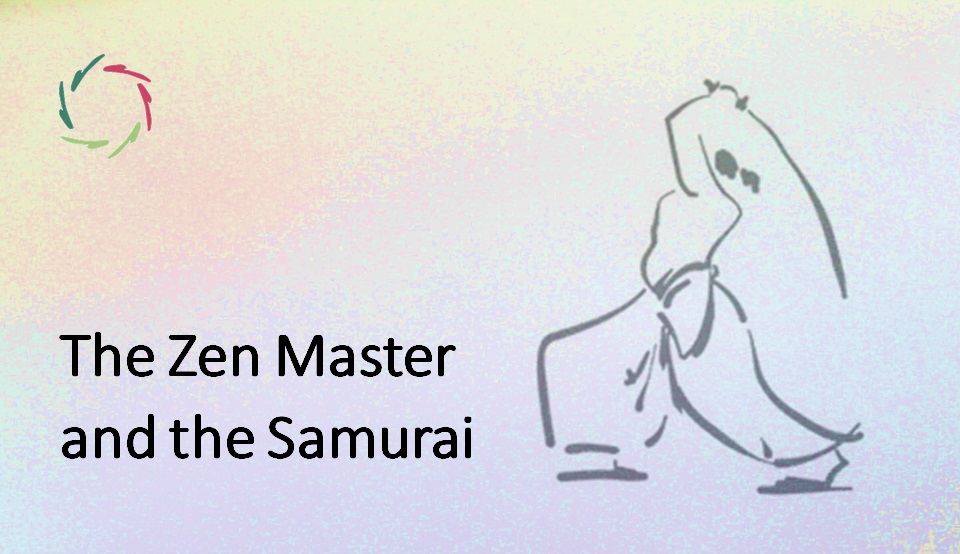Dependent Arising

According to the core Buddhist concept of ‘dependent arising,’ all phenomena are causally related so profoundly that nothing exists in isolation.
In AURELIS, this concept is more about the inner (mind) than the outer (world). The outer focus is ‘only’ congruent with the inner.
In-depth, everything is connected.
This universal interconnectedness is a feature of subconceptual processing, exemplified by the human experience.
In this, the human mind/brain corresponds with its environment (the world) and has always done so.
In practice
Embracing ‘dependent arising’ in our daily lives means recognizing how our thoughts, feelings, and actions are deeply interconnected with our environment and experiences. This awareness can empower us to navigate life with more mindfulness and Compassion, understanding that our inner transformations are reflections of the world around us.
By applying this concept, we invite a continuous dialogue between our inner and outer worlds, promoting harmony that enhances our well-being and encourages us to live more consciously.
This is probably why the mind/brain has evolved as such.
To deeply correspond with the environment is the optimal way to adapt to it — and thrive and survive.
‘Dependent arising’ is part of that picture.
Simply
Simply put, this concept shows:
- The broadness of mental-neuronal patterns, mutually overlapping on many levels
- The fact that thoughts mainly arise from the subconceptual domain, even though the more conceptual side may lend some push or suggestion (being auto-suggestion).
Traditional Buddhism didn’t know about neurons, synapses, mental patterns, etc. Also, many Buddhist writings – strangely – seem to not explicitly have made the fundamental move to inside in regard to dependent arising.
So, into the direction of depth
Going toward depth is going to where the dependent arising originates. This is also the aim of (Buddhist, Aurelian) meditation — not easy until it goes spontaneously.
What one encounters there and then is oneself as a very dynamic, flexible entity. Any new thought, even any new mental pattern, is an act of the same principle.
Thus, we are the product of dependent arising — internally and externally.
That brings us to Emptiness.
Which is, as you may know, another core Buddhist concept:
If everything depends on everything, then nothing exists by itself. Thus, in reality, nothing possesses an independent conceptual essence. Everything exists in a dynamic flux of interrelatedness, not in a void but in a continuous stream of subconceptual non-consciousness.
This may be hard to understand and even harder to realize.
Yet we must do so. Our technological inventions are building an environment in which anything less is increasingly becoming unlivable. For instance, any war is atrocious by itself and an indication of worse to come.
One way or another, Compassionate A.I. will play a crucial role in this.


